Planning for retirement is about more than just saving money — it’s about choosing the right tools to maximize growth and minimize taxes. Among the most powerful options is the Roth IRA, a retirement account that offers tax-free growth and withdrawals. But there’s also a strategy called a Roth IRA conversion, which lets you move money from a traditional account into a Roth. Done wisely, it can save you thousands in future taxes and give you more control over your retirement income. In this article, we’ll explain what a Roth IRA is, how a conversion works, and when making the switch could be the right move for your financial plan.
Understanding the Roth IRA
A Roth IRA (Individual Retirement Account) is a special type of retirement savings account that lets you invest money after you’ve already paid taxes on it. In exchange for giving up an upfront tax deduction, your money grows tax-free and can be withdrawn tax-free in retirement.
Key Features:
- Contributions are after-tax. You don’t deduct Roth contributions from your taxable income the year you make them.
- Tax-free growth. Investments inside the Roth grow without being taxed year by year.
- Tax-free withdrawals. As long as you meet certain conditions (generally age 59½ and account open for at least five years), your withdrawals are completely tax-free.
- No required minimum distributions (RMDs). Unlike traditional IRAs, Roth IRAs don’t require you to start pulling money out at age 73, giving you more control over your retirement income.
Contribution Limits:
For 2025, you can contribute up to $7,000 per year (or $8,000 if you’re 50 or older). However, there are income limits. If your income is above certain thresholds, you may not be eligible to contribute directly to a Roth IRA.
Why People Choose Roth IRAs
The biggest appeal of a Roth IRA is tax-free retirement income. If you expect to be in the same or a higher tax bracket later in life, paying taxes now (when rates may be lower for you) can save you money long-term. It also creates flexibility in retirement: tax-free withdrawals give you more control over your income strategy, especially if you also have taxable pensions or Social Security benefits.
Roth IRAs are also useful as estate planning tools, since heirs can inherit the account and continue to enjoy tax-free growth (with certain distribution rules). To learn more about how to avoid pitfalls when structuring your legacy, check out our guide on Estate Planning Missteps: A Complete Guide to Avoiding Common Errors.
What Is a Roth IRA Conversion?
A Roth IRA conversion is when you move money from a traditional IRA (or another pre-tax retirement account like a 401(k)) into a Roth IRA. When you do this, you pay income tax on the amount converted, but afterward, that money grows and can be withdrawn tax-free.
Think of it as paying your tax bill upfront so you can enjoy tax-free benefits down the road.
Example:
Suppose you have $50,000 in a traditional IRA. You decide to convert $10,000 of it to a Roth IRA this year. That $10,000 will be added to your taxable income for the year, and you’ll owe income tax on it. Once in the Roth, though, that money grows tax-free.
Why Consider a Roth IRA Conversion?
- Future Tax Savings
If you expect your tax rate to be higher in retirement, converting now at a lower rate could save you money. - No Required Withdrawals
Roth IRAs don’t have RMDs, so you keep control of your money for longer. This makes conversions especially attractive to people who don’t need to spend all their retirement funds immediately. - Estate Planning Advantages
Beneficiaries can inherit Roth IRAs without facing a big tax burden. For families, a Roth conversion can be a way of leaving a tax-free legacy. - Market Opportunities
Some people choose to convert during market downturns. If your account balance has temporarily fallen, the tax bill on your conversion will be smaller, and future growth can occur tax-free in the Roth.
Drawbacks and Considerations
While the benefits are clear, Roth conversions are not always the right choice for everyone.
- Immediate Tax Bill
The amount you convert gets added to your taxable income for the year. This could push you into a higher tax bracket if you’re not careful. - Need for Cash to Pay Taxes
It’s usually better to pay the taxes from savings outside your IRA. If you use IRA funds to cover the tax, you reduce the benefit of the conversion. - Timing Matters
Converting too much in one year can create a hefty tax liability. Many people spread conversions out over several years to manage their tax brackets. Because Roth IRA conversions can create an immediate tax bill, having a clear plan for covering those costs is essential. Building that flexibility starts with a solid budget — see our article on Budgeting Basics: Why You Need One.
Strategies for Roth IRA Conversions
- Partial Conversions
Instead of converting your entire IRA at once, you might convert smaller amounts over several years to avoid jumping into a higher tax bracket. - Converting During Low-Income Years
If you have a year with lower income—such as early retirement before Social Security kicks in—that can be a great time to convert, since your tax rate will likely be lower. - Watch for Tax Law Changes
Tax rates change over time. Some people convert because they believe today’s rates are lower than they will be in the future.
Is a Roth IRA or Roth Conversion Right for You?
A Roth IRA is one of the most flexible retirement accounts available. Its tax-free growth and withdrawals make it a powerful tool, especially for people who expect to be in a higher tax bracket later. A Roth IRA conversion, meanwhile, is more complex. It can be an excellent long-term move, but it requires careful planning to avoid big tax bills upfront.
The decision comes down to your current tax rate, expected future income, and overall retirement strategy. For many, a mix of traditional and Roth accounts creates the most flexibility, allowing you to balance taxable and tax-free income in retirement.
Final Thoughts
A Roth IRA offers the promise of tax-free retirement income, while a Roth IRA conversion allows you to shift pre-tax money into that tax-free world. Both strategies can strengthen your retirement plan, but they should be approached with a clear understanding of your tax situation. Consulting with a financial planner or tax professional can help you decide whether a Roth conversion makes sense for you, and if so, how to execute it in the most tax-efficient way.
One of the biggest advantages of a Roth IRA is that your money compounds tax-free over decades. For a deeper dive into how compounding works in practice, read The Power of Compounding: How Time Can Turn Pennies into Fortunes.
By weighing the costs today against the benefits tomorrow, you can decide whether unlocking the Roth’s advantages is the right step toward your long-term financial independence.





